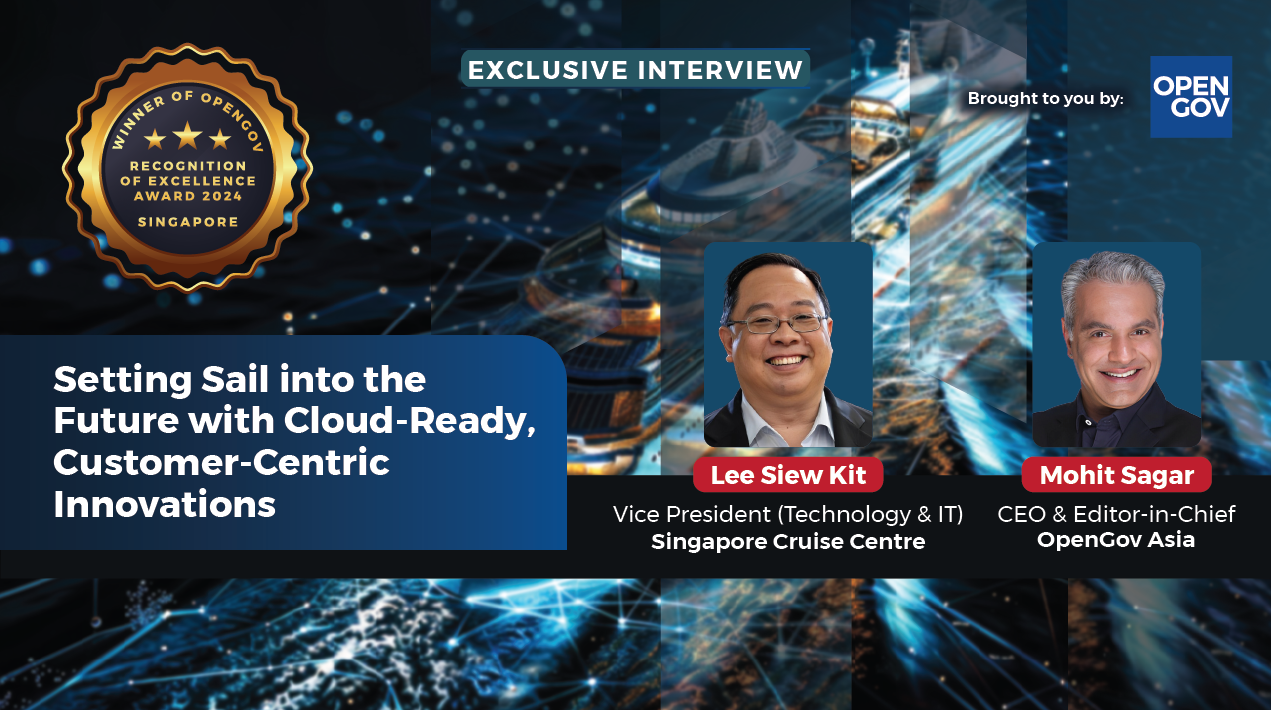
According to China’s top economic regulator, over three-quarters of the countries and significant international organisations have joined the Belt and Road Initiative (BRI), demonstrating China’s success in promoting high-quality development in the initiative over the past ten years.
According to Liang Linchong, deputy director of the Department of Regional Opening-up at the National Development and Reform Commission, the Belt and Road Initiative has developed into a well-liked platform offering global public goods, contributing positively to the promotion of the Silk Road’s green, digital, and sustainable construction and fostering new growth areas for the global economy.
He added that the programme has helped the global economy grow. For instance, China and other BRI participants have established economic and trade cooperation zones that have given the local population more than 400,000 jobs.
As part of the BRI, China and other participating nations have constructed a wide range of infrastructure projects and projects essential to the livelihood of the local population, such as hospitals and schools, which not only support economic growth and create jobs but also enhance locals’ quality of life.
Liang added that to further facilitate the high-quality development of the Belt and Road Initiative, China will work with related countries to further deepen the interconnection by focusing on infrastructure projects; further expanding institutional opening-up; continuously enhancing the standardisation cooperation in the field of financing, trade, energy, digitalisation and agriculture; and build more livelihood projects.
The BRI also known as the One Belt One Road (OBOR) Initiative, is a massive global infrastructure and development project initiated by the Chinese government. The initiative was first proposed by Chinese President Xi Jinping in 2013 and has since gained significant attention and participation from countries around the world.
The BRI aims to enhance connectivity and promote economic cooperation among countries across Asia, Europe, Africa, and beyond. The initiative consists of two main components: the Silk Road Economic Belt, which focuses on land-based infrastructure and trade routes, and the 21st Century Maritime Silk Road, which emphasises maritime connectivity.
The BRI encompasses a wide range of projects, including the construction of roads, railways, ports, airports, energy pipelines, and telecommunications networks. It aims to improve physical infrastructure, facilitate trade and investment, foster cultural exchanges, and enhance people-to-people connectivity. The initiative also emphasises sustainable development, green initiatives, and digital innovation.
Digitalisation plays a crucial role in the BRI as it aims to foster connectivity, enhance trade facilitation, and promote economic development across participating countries. The integration of digital technologies and the development of digital infrastructure are key components of the BRI’s vision for a modern and interconnected Silk Road.
The BRI focuses on developing robust digital infrastructure, including high-speed internet networks, fibre-optic cables, and data centres. These investments help bridge the digital divide and improve connectivity, enabling countries to harness the benefits of digital technologies.
The BRI aims to facilitate cross-border e-commerce and digital trade by establishing platforms and mechanisms that promote seamless online transactions. This includes initiatives to harmonise regulations, enhance customs procedures, and develop digital payment systems to facilitate secure and efficient cross-border transactions.
The BRI promotes digital connectivity by developing and upgrading communication networks, such as laying submarine cables and expanding broadband connectivity. These efforts improve information flow, enable real-time communication, and support digital collaboration between participating countries.
The BRI encourages the development of smart cities and the adoption of innovative technologies to improve urban planning, infrastructure management, and public services. This involves leveraging digital solutions such as the Internet of Things (IoT), artificial intelligence (AI), and big data analytics to enhance efficiency and sustainability.
















